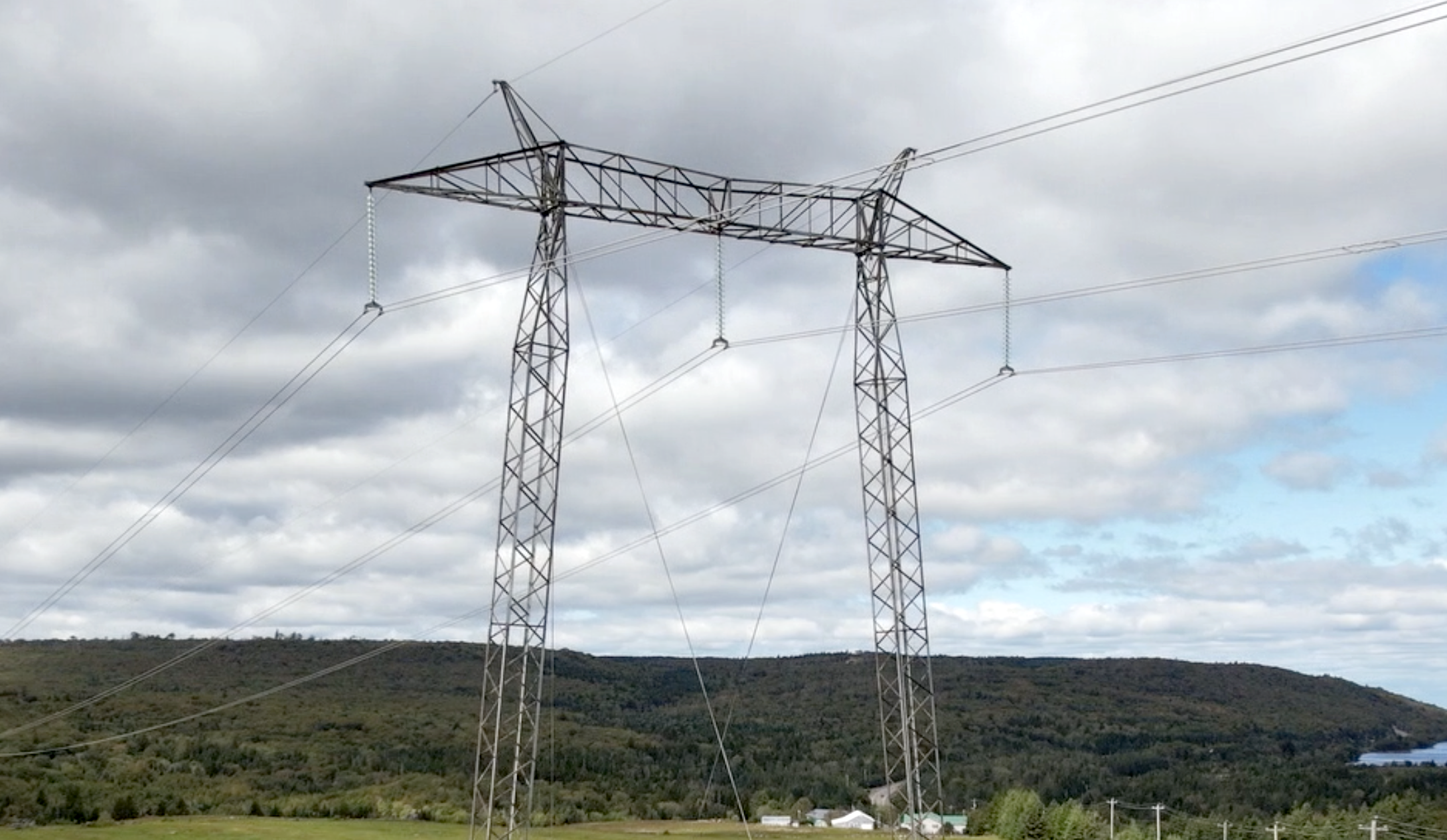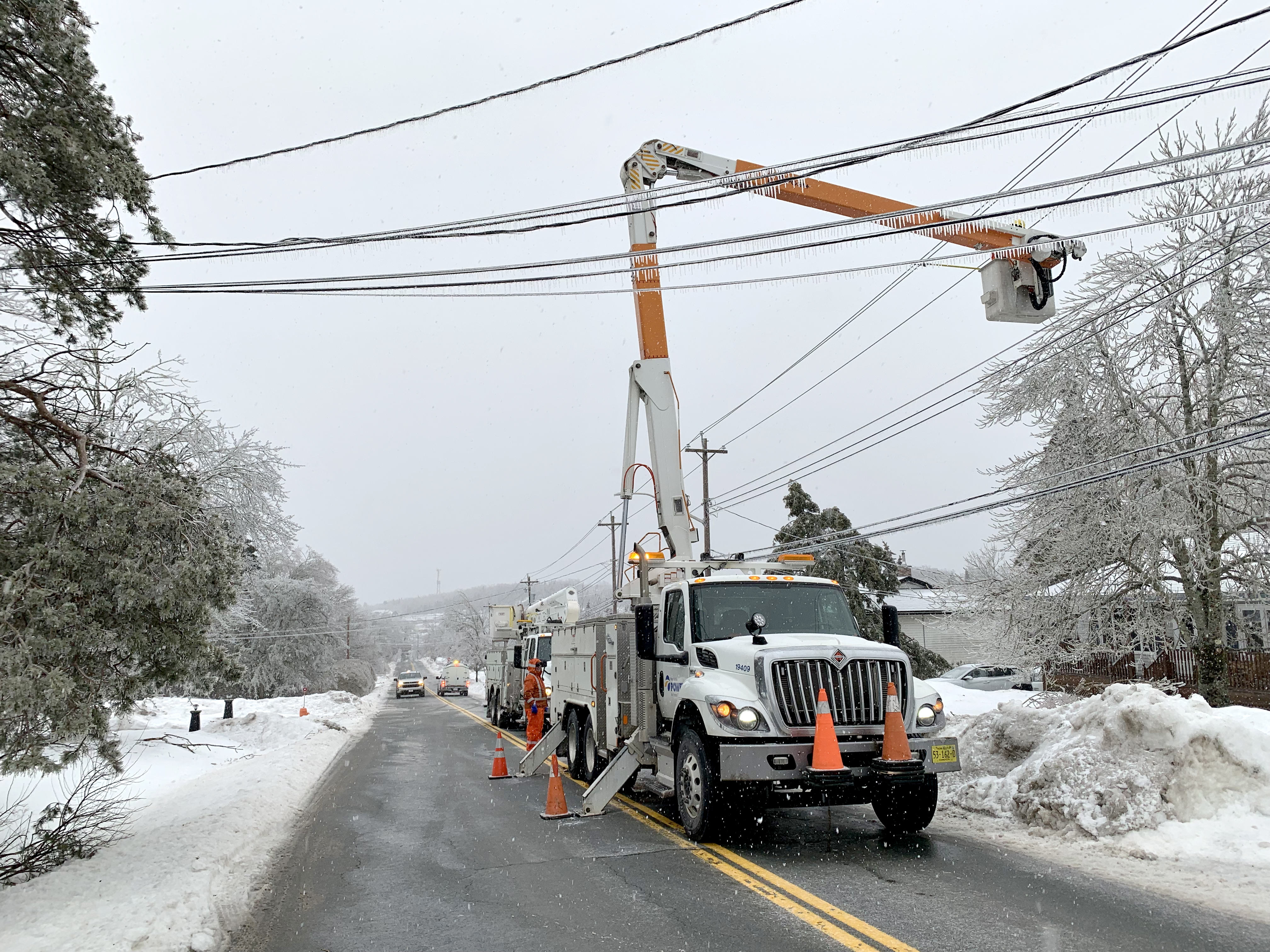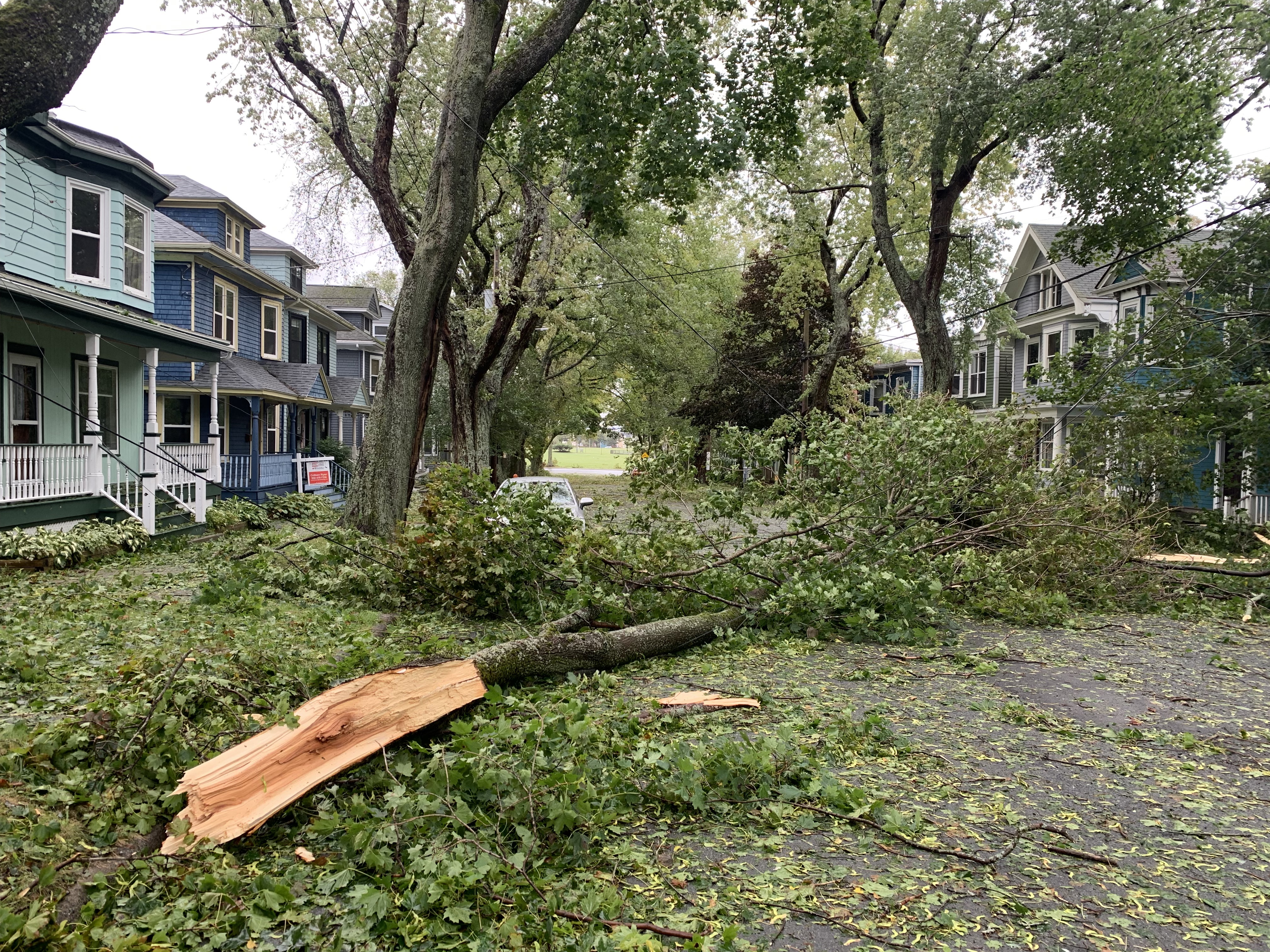You Asked, We Answer: What causes power outages and how are you preventing them?
Power outages can be frustrating and disruptive to your day—especially when they’re unexpected. It’s why we work year-round to maintain and
strengthen our electrical system.
We do everything we can to prevent power outages. Through
planning and innovative technology, we’re always inspecting, testing, and
improving our infrastructure, but Nova Scotia’s position on the edge of the
North Atlantic Ocean can bring challenges, and power outages do still happen.
Severe weather
Severe weather is the leading cause of power outages in Nova
Scotia—and its impacts lead to weakened trees, which can sometimes fall on our
lines. It’s why we're increasing our investment in tree trimming year-over-year, nearly doubling it in the next five years. In 2023, we're investing $32 million in tree trimming along
approximately 1,000 kms of power lines to prevent outages, and nearly $45 million in 2024.
We’re seeing the impacts of climate change each year—from
shifting weather patterns to increased wind speeds. Outages caused by severe
weather can include lightning strikes, heavy snow or ice buildup on lines, high
winds, tropical storms and hurricanes, and other extreme weather conditions.
As our weather changes, we’re modernizing our grid and investing
in innovative solutions to stand up to climate change. Decisions on how we
invest are guided by outage statistics and equipment monitoring and data. This
allows us to be strategic in how we upgrade the grid through large-scale projects in each region, and through targeted equipment upgrades and repairs.
Salt contamination
Salt contamination is a common issue with coastal utilities, and
even some inland areas that use road salt. Salt water is a great conductor of
electricity that can cause electrical shorting on parts of our system designed
to protect it, such as insulators, which hold the power lines to the top of the
poles. Wind blows salt onto equipment over a period of hours or days, and when
the temperature rises, the moisture in the air causes electrical arcing across
the equipment which can lead to outages. When it rains, the salt on the
equipment usually washes away and resolves the issue, but continued moisture in
windy conditions can also blow more salt on the equipment causing the issue to
reoccur.
Non-weather-related outages
While severe weather causes most of the power outages Nova
Scotians experience, there are other reasons you might lose power—even on a
blue-sky day.
Power outages can be caused by elements that are out of our
control. This could include a motor vehicle accident, like when a car hits one
of our poles, construction, and even animals or birds coming into contact with
our electrical equipment. In some cases, trees that have been weakened by
previous wind storms can also fall into powerlines days or weeks after
the storm is over. As part of our tree-trimming program we remove these
weakened trees.
Planned power outages
As part of our work to strengthen and maintain our
infrastructure and equipment, we sometimes need to temporarily disconnect power
to certain areas so our crews can work safely. When this is required, we make
every effort to make the planned outage as short as possible, and to have it
take place at times that are convenient for customers, like overnight. If a planned outage
needs to happen in your community, we call impacted customers beforehand so
they have a heads up, and know the expected duration of the outage. When this happens, we encourage you to keep an eye on our outage map and Twitter for real-time updates.
Have more questions about why outages happen and how we work to
prevent them? Visit nspower.ca/reliability to
learn more about how we’re modernizing our grid and strengthening our
electrical system—for today, and for the future.
Share This Post:





